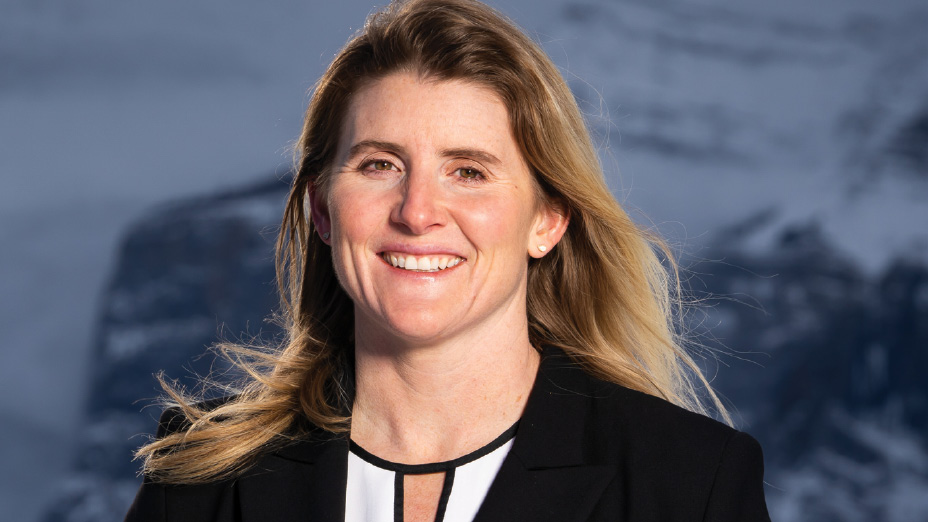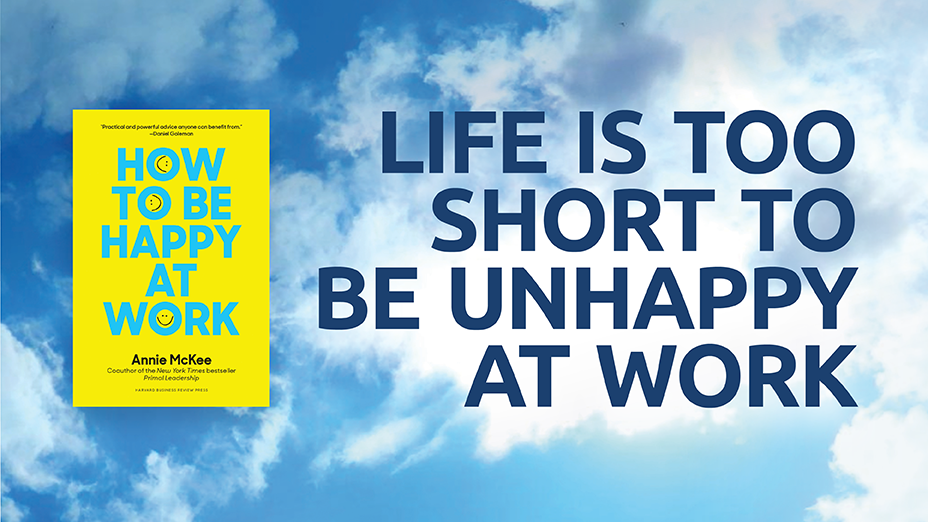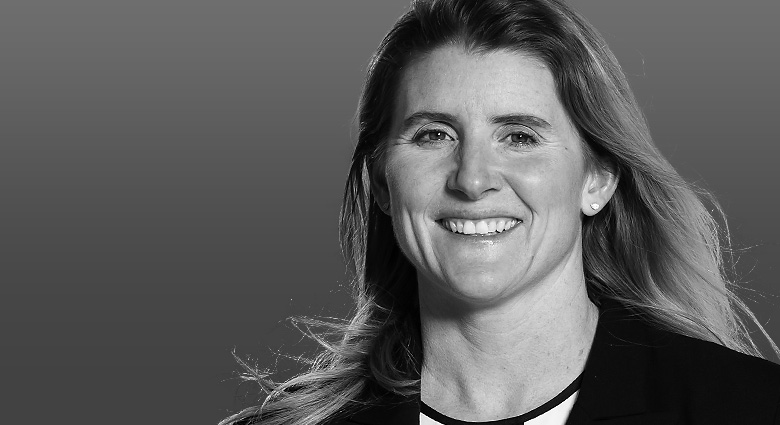Coming out of the 2002 Salt Lake Games, I wanted to give my game a new look. By that point, I had played in two Olympics and four World Championships. We were the best women’s hockey team in the world. I was 24 and had realized many of my hockey dreams. That scared the shit out of me. A lot of people spend their entire lives chasing their goals—it gives them purpose, drive, and motivation every day. Something to work towards. What you don’t hear about is what happens after.
Once you’ve realized your dreams, then what? I was one of the game’s best female players. I didn’t feel challenged by my club team anymore and I was afraid of stagnating. How would I keep growing if I didn’t feel challenged when I went to the rink? Was this it for me? Was this as far as I could go?
Between Olympic years, I’d been playing at the highest level for women in Canada, the original National Women’s Hockey League (a senior women’s league). It was amateur—we weren’t being paid at all and in fact had to pay for our ice time—but it was where all the top players in Canada were. By 2002, I’d been there for almost a decade and the level of competition felt easy to me. My club team was where I spent the majority of my time practising and playing between Olympics. But we practised only a couple times a week and we didn’t play as many games in a season as I would have liked. I wanted to experience life as a professional hockey player, day in and day out, not only in Olympic years.
It didn’t take long to realize that I needed a creative solution. As an athlete, I was constantly assessing and reassessing the way I did things. I tracked the game’s best players, both on the men’s and women’s sides. I studied how they played and how they trained. I saw what the next level up in hockey looked like for me, and I knew that I wouldn’t find it in the women’s game in North America. I needed to find an opportunity for myself.
At the same time as this restlessness set in, I was thinking about changing up my style of play. I wanted to rely less on my physical game and become more of a finesse player. I wanted to be less predictable. In my seven years with the Canadian national team, I had developed a power-focused style of play: I was bigger, stronger, and faster than my opponents and had been using my physicality to bend the game to my will, running over and shoving players off the puck. I played like a bull. Though that style had been working for me, I didn’t want to depend on it alone. I wanted to be versatile. When you play one team as many times as we do the Americans, you get to know a player’s habits, their weaknesses, the holes in their game. Team USA knew me inside and out by that point, and the next time we met, I wanted to surprise them. Instead of always being a bull, I wanted to become what Darryl Belfry calls a “spider.”
When you’re a spider, the puck comes to you and through you. You don’t need to haul the biscuit around the ice; it’s following you around the rink. You’re constantly engaging with it. You’re finding seams, getting open, one-timing the puck to a winger in order to immediately get it back again. You’re cycling in and out of the play. Rather than playing by force, you are forcing the play. Rather than doing it all yourself, you are creating opportunities for your team. If I built out my game so that I could be the bull or the spider, or something in between, the Americans would always be on their back foot trying to figure me out.
I also wanted to get back to the mentality of being a rookie, being a seeker. Being the new one on the team requires a growth mindset; it’s challenging, exciting, and a huge learning curve.
It’s not just about literally being the new person: it’s a way of thinking where you’re constantly looking for new ways to improve. I’ve found that unless I’m taking chances and pushing the envelope, I get antsy. I start to feel like I’m not really living, like I’m moving backwards. It spreads to other areas of my life, and I get grumpy and short-tempered. It’s not good for me—or the people who have to live with me! I’m restless when I feel my growth slowing down, when I am no longer learning something new every day. When I’m growing, I’m off-centre, unsure, playing catch-up—in a good way. I wanted to stop feeling comfortable, to be that rookie again who is asking questions and finding new approaches to my training and my game. I wanted to get back to being a seeker.
So, in the fall of 2002, I set out to find somewhere to play men’s pro hockey.
My likeliest bet for a good fit was a league in Europe. It wasn’t the easiest decision I’ve ever made; I worried about leaving Canada and my family. Noah wasn’t yet four, and I dreaded being away from him and the rest of my support system. I knew there would be anger and jealousy from some of my teammates and others in the women’s game who wouldn’t appreciate what I was doing. I knew I would be lambasted in the media. But larger than any of those downsides was my fear that if I just kept doing what I was doing, I would never get to see my potential through to the end. When I asked myself what I wanted to achieve, the answer was simple: I wanted to become the best hockey player that I could be. And I was willing to do whatever it took to achieve that. I knew I could play in a men’s pro league; I didn’t have any doubts that I wasn’t good enough. For the previous two summers I had spent time in the Czech Republic, practising and training with HC Energie Karlovy Vary, a top-tier team. It was only for a couple of months at a time, but it had shown me that I could compete with those players at that level. Now I wanted to do it for an entire season.
Initially, I had my heart set on playing the 2003 season in Italy. I had a great contract lined up with the Merano Eagles and was just a signature away from earning a solid salary as an import player. That would have been huge for me; aside from some carding money from Team Canada, I had never been paid to play before. But this plan stopped at the paperwork stage: the Italian Ice Hockey Federation refused to register me. They said that women could play on a men’s team only if no parallel women’s league existed. Because there were senior women’s leagues in Canada, they considered those parallel and argued that I should stay there. The league president was more direct with Canadian media, telling the CBC that he felt the whole thing was a publicity stunt. I was disappointed. So was Merano’s coach, Paul Theriault, a Canadian from Sault Ste. Marie who was familiar with my game. Theriault knew I had the talent to play in that league, and he had a role carved out for me with the Eagles. The team’s management was prepared to challenge the federation’s ruling on my behalf, but I knew it was a lost cause. The powers-that-be were dead set against me playing in Italy, and I knew they weren’t going to reverse course. I told the Eagles not to bother appealing the decision and I kept searching for a team and league that wanted me. A German team expressed interest in me, but the league didn’t feel like the right fit. NHL legend Phil Esposito approached my agent with an offer for a 15-game tryout with the Cincinnati Cyclones of the East Coast Hockey League (ECHL). Today, the ECHL is a solid NHL feeder league. But 20 years ago, it had a reputation for being a goon league. I wasn’t interested in that style of play and didn’t think it would advance my goal of becoming a spider. I imagined everyone in that league would focus on running me over. If I wanted to become more versatile, I needed to be around skills- focused players.
I joined HC Salamat in Suomi-sarja, Finland’s third division, centring the team’s third line. Moving to suburban Kirkkonummi, outside of Helsinki, was a huge culture shock, which was heightened by moving there solo. Noah was able to come to Finland a few times with our nanny, Janice, and my sister, Jane. But mostly I was alone in a small town on the Baltic Sea, surrounded by people who spoke a different language from me and ate things I’d never heard of before—cabbage rolls and pickled herring and fish pies!
Winters in Finland can be rough. I was living north of the 60th parallel, about the same latitude as Anchorage, Alaska. When I left for the gym in the morning, it was dark. I’d go to the rink in the afternoon and it would be dark. I’d come out of the rink in the evening and it would be dark. The skies were a decent match for my mood.
I was attracting a fair bit of attention. Media was even showing up for Salamat practices. But head coach Matti Hagman, who had played for the Edmonton Oilers in the late ’70s, didn’t exactly roll out the welcome mat for me. At my first practice, he assigned a six-foot-four defenceman to hound me and take runs at me. Every time he drilled me, I picked myself up off the ice and moved on to the next drill, knowing it would happen again and again all practice long. What else could I do? He never let up. After two weeks, Matti finally called him off. “I had to do that,” he told me. “I wanted the media to see you could handle the hitting.” A lot of people thought my move to Finland was a publicity stunt. It was frustrating. I stood to gain nothing from a bit of extra press. It wasn’t like sponsors were falling all over themselves to sign female hockey players in 2003. (Or today, for that matter.) My choice had nothing to do with media attention or breaking barriers. I was there to take my game to the next level. It was a hard thing for people on the outside to understand. I couldn’t have chosen a more dramatic situation to force me to stop playing like a bull. I was suddenly one of the smaller players on the ice. I couldn’t run over opponents anymore—most of them were bigger and stronger than me. I wasn’t able to use pure power to get the puck. The switch to full-contact hockey also forced me to change how I saw the ice; I needed to play with eyes in the back of my head, especially as a centre coming up the middle. Full contact means you can’t just follow the puck, you have to always know what is coming at you.
One bad hit could end my career.
I was forced to become a spider. I still went hard into the corners. I threw checks. I played tough, but I started relying more on my intelligence than my brute strength, replacing slapshots with quicker, smart shots and executing creative passes. The bull was slowly disappearing.
I finished the season with Salamat’s best faceoff numbers and became the first woman to score in men’s pro, with two goals and 10 assists over 23 games. Even better, Salamat moved up to Finland’s second division. After returning to Canada in between, I played a further 17 games with the team the following season, logging seven more goals and six assists. When I got back to Alberta, I decided to surprise Noah. My flight got in around midnight. I kneeled down beside his bed and rubbed his back until he woke up. “Mommy, you’re home!” he said, grabbing me in a tight hug. He didn’t stop talking for the next two hours.
He needed to catch me up on everything he was learning about dinosaurs and the latest daycare gossip. The experience was tough on me and my family. But nothing could have been better for my game. When I rejoined my old team in Calgary, I was able to read the ice much more quickly. I had so much more time and space. I brought a new patience and poise to my game. There had been a lot of dark, lonely days, but it was worth it. Those two seasons in Finland were two of the best of my hockey career.
You grow by taking chances. You reach your dreams by challenging yourself. When I look back at 2002 now, I see that I had two clear choices: I could stay where I was comfortable, or I could seek out an entirely new challenge and find out who I could become. Nothing about it was easy, but it was one of the best decisions I ever made. Being a seeker is a mindset, one that forces you to grow.
I never settled for safe. I never did what had been done before. If I was getting sick of the gym, I got outside. If I was getting bored or complacent, I changed things up. And I never trained with my equals, not if I could help it. I worked out with people who were bigger, stronger, or faster, or who had something new to teach me. It’s the best way to improve. It forces you to work harder and think faster because you’re always chasing them, you’re always playing catch-up.
Excerpted from Over the Boards by Hayley Wickenheiser. Copyright © 2022 Hayley Wickenheiser. Published by Penguin Canada, a division of Penguin Random House Canada Limited. Reproduced by arrangement with the Publisher. All rights reserved.




.png)


%20(1).png)

What Did You Think?